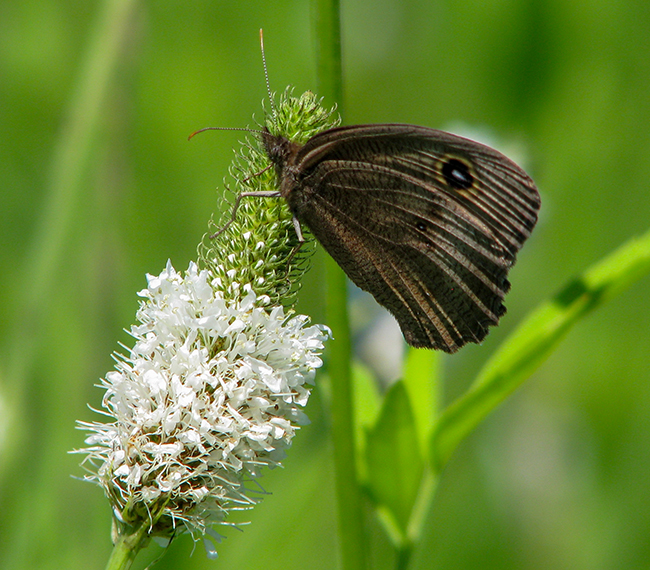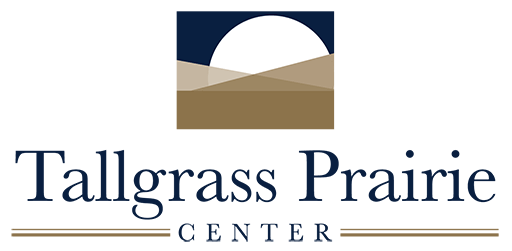Pollinator-Friendly Management Practices
Table of Contents
Timing of Mowing
Mowing can negatively impact pollinators by reducing floral resources and host plants, which are specific plant species that a given insect species is adapted to for food, shelter, or reproduction. For example, it is well known that monarch butterflies only lay their eggs on milkweed plants, though adult monarchs will forage on many plant species.
Mowing can also disturb or kill nesting pollinators or pollinators in early developmental stages, such as larvae and pupae that cannot escape during mowing.
Best practices for mowing that support pollinators include:
- Mowing only in clear zones, which are roadsides clear of objects, where vehicles that have left the roadway can traverse safely.
- For narrower roads with less traffic, maintain narrower clear zones compared to wider, more trafficked roads.
- Outside of clear zones, mow roadsides only very early and/or late in the growing season; summer mowing causes a lot of pollinator mortality.
- When possible, leave perennial shrubs and standing woody stems as habitat for nesting bees.
Herbicide Application

Herbicide spraying may hurt pollinators by killing or harming eggs, larvae, and adult pollinators. Sublethal effects are harmful non-lethal effects and may include weakening of the immune system, disrupted foraging and navigation behaviors, impaired reproduction, and shortened lifespan. Spraying can also reduce the availability of floral resources and host plants that pollinators depend on.
Best herbicide application practices for supporting pollinators include:
- Use targeted spraying of weeds rather than blanket spraying to reduce the area affected by the herbicide.
- Spray early in the growing season, before plants start flowering.
- Avoid spraying when weeds or nearby plants are flowering.
- Spray on days with little wind that can cause the herbicide to drift onto desirable plants.
- Limit herbicide use to noxious weeds and other high-priority plants.
- Do not spray insecticides.
Planting Native Vegetation to Attract Pollinators
Best native vegetation planting practices for attracting and supporting pollinators include:
- Do not plant in medians, which increases the risk of pollinator mortality from collisions with vehicles.
- Plant diverse mixtures of native forbs and grasses. A general recommendation is to have three forb species that bloom early in the season, three that bloom in the middle of the season, and three that bloom later in the season, so there are flowering resources throughout the season.
- Remember that a balance with roughly 50% of the mix consisting of grasses and 50% consisting of forbs (by weight of the seeds) helps pollinators. Grasses help reduce the spread of weeds within the habitat, ensure there is enough fuel for a prescribed burn, and ensure there are some host plants for caterpillar larvae that depend on grasses rather than flowers.
- For more information on flowering plants that are especially attractive to pollinators, check with a reputable native seed nursery or the additional resources listed below.


